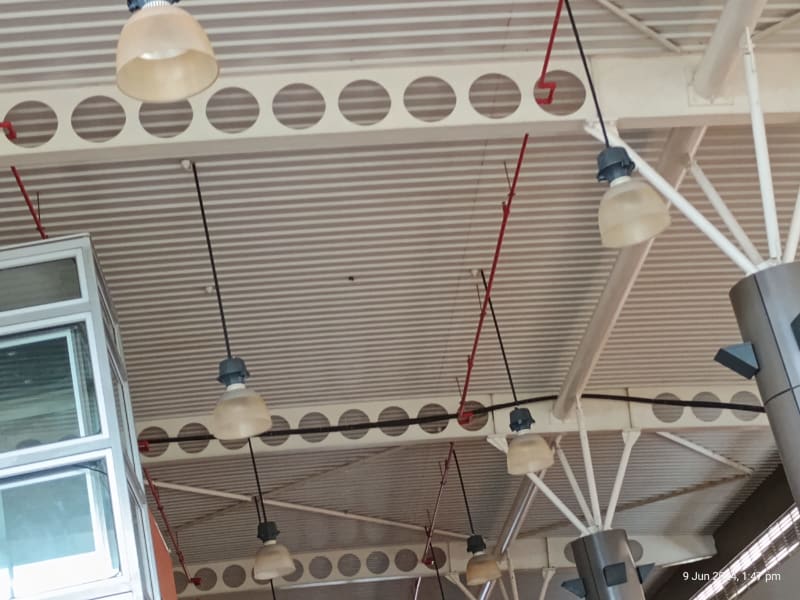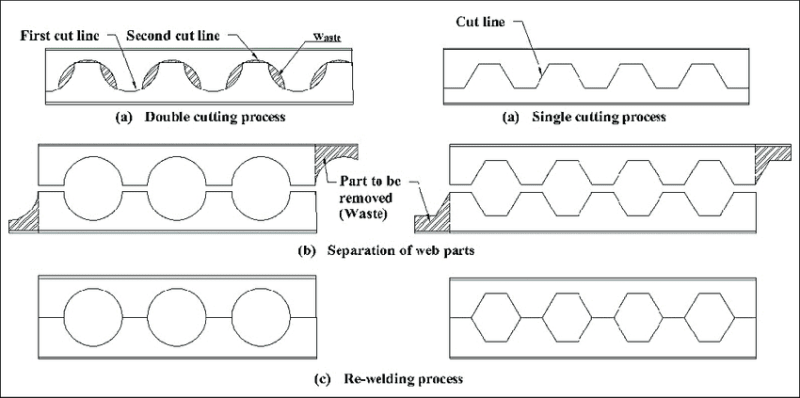edison123
Electrical
- Oct 23, 2002
- 4,501
I recently saw this roof beam with circular holes in an airport. What is the reason to cut out those holes? Reduce weight? Make it stiff?

Muthu

Muthu
Follow along with the video below to see how to install our site as a web app on your home screen.
Note: This feature may not be available in some browsers.

3DDave said:The bit with circular holes is wasting material that is cutout and discarded, but they have an interesting look and reduce installed weight, so why not?

Looking at the photo, guesstimating about 60% weight reduction?
